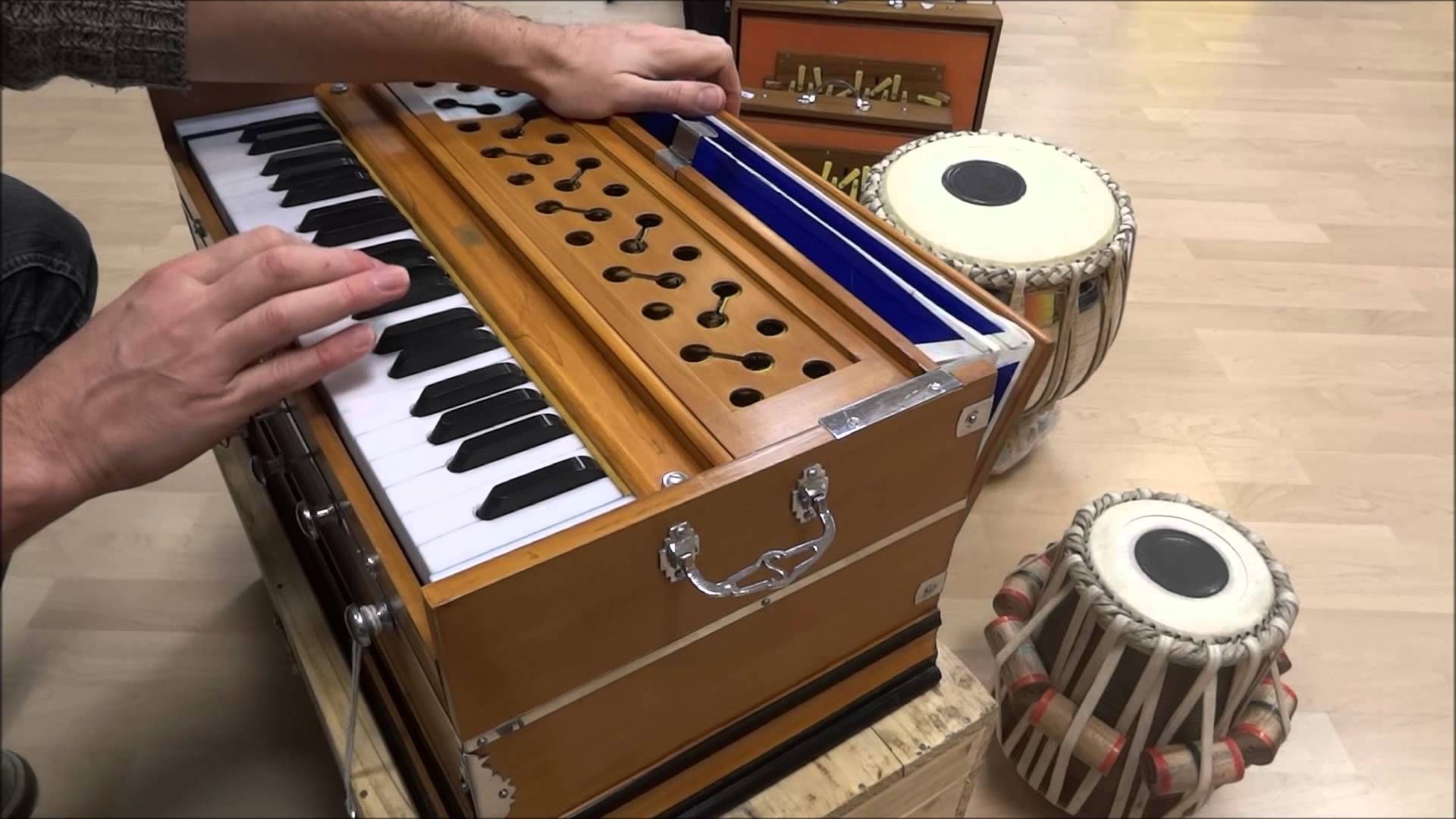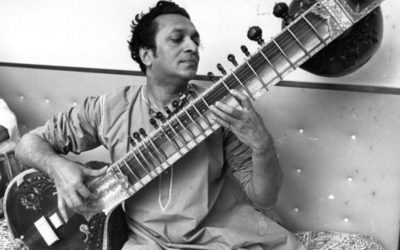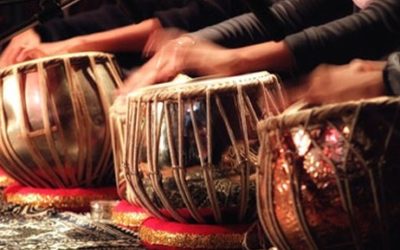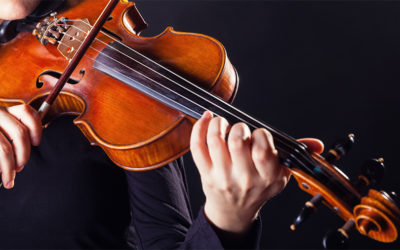A harmonium is a type of organ that uses air pushed through reeds to create sound. It is popular in Indian music and is often described as sounding like an accordion. Although it is most commonly used in Eastern music, the harmonium was developed in Paris and brought to India during the British occupation of the country.
In 1840, Alexandre Debian introduced the harmonium in Paris, though several similar instruments were invented around the same time. The freestanding keyboard and pipes were used as an alternative to the larger pipe organs in churches, which were unsuitable or too expensive for small parishes or chapels. Their small size also made it possible to travel with the instruments, even if relocating to a faraway land. British colonialists brought harmoniums with them during their occupation of India, leading to the use of the instrument in Indian music.
During their period of Western popularity, some were designed to resemble pipe organs, with additional height added to the pipes to make them look more expansive. They were originally played like a piano keyboard, with constant pedalling of a bellows device to pump air through the reeds and create the desired sound. Later models replaced the manual pump with an electronic one, to keep the flow of air constant. Although traditional Indian instruments are made to mimic the human voice, harmoniums quickly gained popularity for its ability to withstand tropical climates and basic operating system. The organ became known as the peti or baja, and was frequently used to accompany singing. Indian harmoniums often incorporate drone reeds, which will sustain a continuous tone to establish the key or main note of the piece. They also quickly eliminated the foot pedals, as most Indian musicians perform sitting or kneeling and couldn’t operate the air pedal from those positions. Most modern organs replaced the foot-operated bellows with ones that could be operated by hand.
In Western music, many well-known classical composers created music for the harmonium or in concert with the instrument. Antonin Dvorak, Rossini, Bruckner and Elgar all created pieces specifically for this type of organ. In modern Western music, the harmonium is sometimes used by experimental bands that frequently add unusual instruments to their compositions, such as Radiohead and Depeche Mode. The Beatles also had an interest in Indian-influenced music, and featured the harmonium in many of their later songs, including “Strawberry Fields Forever” and “Sexy Sadie.”
The harmonium offers a distinct musical experience from other keyboard or organ instruments. Its appeal has influenced many cultures, and it remains a common instrument in most Indian forms of music. Created in France, adopted by England, and improved by India, the harmonium is truly one of the most global instruments, and well worth listening to even if only for its historic value.





0 Comments